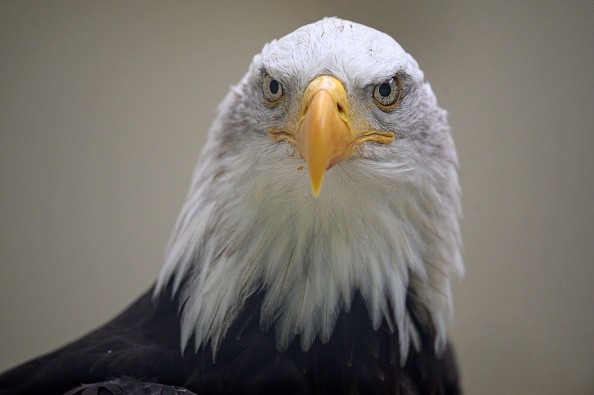An eagle fossil of about 25m years found on a distant outback cattle station in South Australia has been recognized as one of world's oldest raptor species.

Eagle Fossil
Palaeontologists found the eagle fossil on the coast of a dry lake referred to as Lake Pinpa in 2016. Since then they have identified it as a new species, Archaehierax sylvestris, in a study released in the journal Historical Biology.
A PhD candidate at Flinders University and also the first author of the study whose name is Ellen Mather said the old bird was a bit smaller than a wedge-tailed eagle, having a footspan of 15cm.
She said there is a possibility that it was one of the larger eagles existing at the time, according to what they know. Although Lake Pinpa is presently a sandy desert habitat, there is a chance it was a temperate rainforest with permanent water bodies 25m years ago.
In addition to other birds including ducks and perhaps flamingos, Mather said: "We believe that it would probably have been preying on most of the small-to-medium birds and mammals that were also alive at that time, so things like the ancestors of modern possums and koalas living in the forest."
The Discovery
For its size, it possessed comparatively short wings, but long legs. Mather said that's quite common in forest eagles and it's an adjustment for essentially having to move through a more crowded space compared to eagles inhabiting less crowded spaces like woodlands or grasslands.
Mather said the finding revealed that Australia had a native lineage of eagles early animals' evolution history. The old bird is among a different branch of eagles and was not a direct forebear of any existing species.
She said it reveals that even 25m years ago, the Accipitridae family was widely distributed all over the globe but also already becoming more diverse, and it seems Australia has been a region of unique diversity even in the past.

Features of the Ancient Eagle
The ancient eagle possessed several features different from any noticed among modern eagles and hawks, including a larger foot-span for holding prey.
Mather said: "Some of the muscle insertion points on the leg were quite deep compared to most living accipitrids [the family of birds including hawks and eagles] so that could suggest quite a strong grip ... considering its quite slender build."
Researchers recovered over 60 bones of the ancient eagle, and this made it one of the most well-preserved fossils discovered at the Lake Pinpa cattle station. Forebears of many other Australian species, like platypus, wombats, and kangaroos, have also been found at the location.
There is a possibility that the eagle specimen was carried into a lake immediately after it had died.
For more news, updates about eagles and similar topics don't forget to follow Nature World News!
© 2025 NatureWorldNews.com All rights reserved. Do not reproduce without permission.





